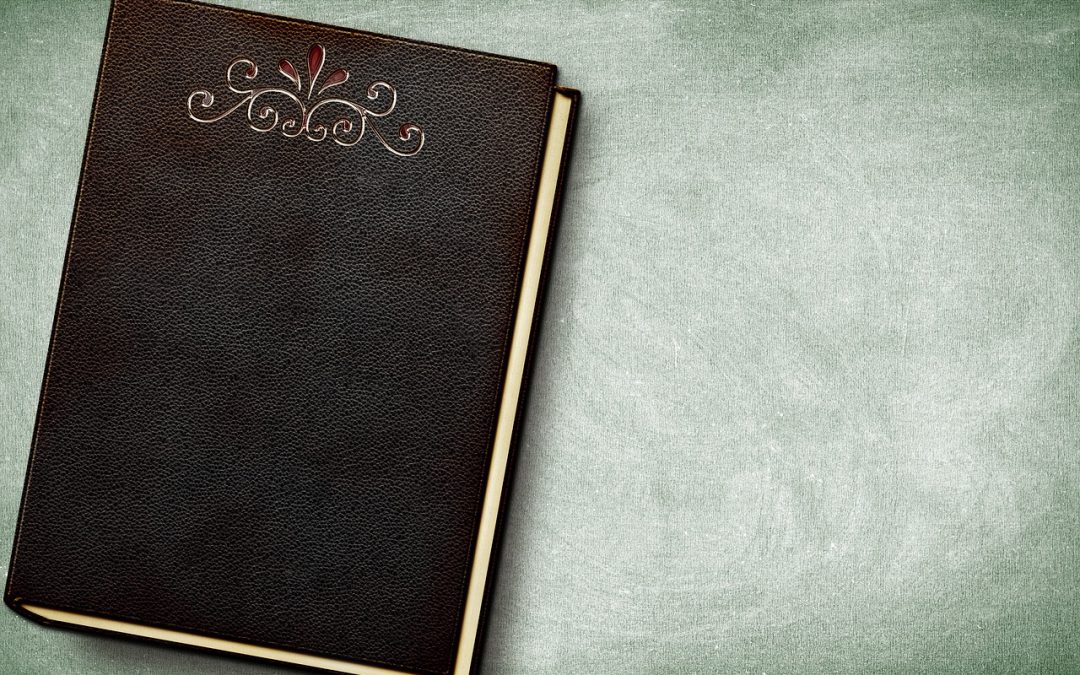As a writer, there’s something undeniably special about holding a physical copy of your work in your hands. For many, the chapbook represents the perfect intersection of creativity and portability – a concise, beautifully crafted collection of poetry, short stories, or essays that can be devoured in a single sitting. But what makes a chapbook truly unforgettable? The answer lies in its design.
From Concept to Reality
A well-designed chapbook is more than just a pretty face; it’s an extension of the writer’s vision, a reflection of their unique voice and aesthetic. To create a chapbook that truly stands out, you need to consider every aspect of its design, from the cover art to the interior layout. And that’s where many writers stumble – unsure of where to start or how to bring their vision to life.
The good news is that you don’t need to be a professional designer to create a stunning chapbook. With the right tools and a bit of creativity, you can produce a high-quality chapbook that showcases your work in the best possible light. So, let’s dive into the 5 key design elements that will take your chapbook from mediocre to mesmerizing.
1. Cover Art: The First Impression
Your cover art is the first thing potential readers will see, so it’s essential to get it right. A great cover should be eye-catching, thought-provoking, and somehow convey the essence of your chapbook’s content. But how do you achieve that? Here are a few tips to get you started:
- Keep it simple: Avoid clutter and focus on a single, striking image or design element.
- Choose a color scheme: Select a palette that resonates with your content and target audience.
- Typography matters: Ensure your title and author name are clear, legible, and consistent with your chapbook’s tone.
Tools like Canva or Adobe Illustrator can help you create a professional-looking cover, even if you have limited design experience. And if you’re feeling stuck, consider hiring a freelance designer or seeking inspiration from online design communities.
2. Paper Quality: The Tactile Experience
When it comes to paper, you have a lot of options – and the right choice can make all the difference. For a chapbook, you’ll want to select a paper that’s both durable and pleasant to the touch. Here are a few factors to consider:
- Paper weight: Opt for a heavier weight (around 80-100 gsm) for a more premium feel.
- Texture: Choose a paper with a subtle texture or finish that complements your content.
- Color: Select a paper color that enhances your interior design and doesn’t overpower your text.
Some popular paper options for chapbooks include Mohawk Superfine, Neenah Paper, and French Paper Co. Be sure to order samples before committing to a specific paper type – it’s worth the investment to get it right.
3. Interior Layout: The Reader’s Experience
Now that we’ve covered the exterior, it’s time to focus on the interior layout. A well-designed interior should guide the reader through your chapbook, creating a seamless and engaging experience. Here are a few essential considerations:
- Font choice: Select a font that’s clear, readable, and consistent with your chapbook’s tone.
- Line spacing: Ensure adequate line spacing to avoid overwhelming the reader.
- Margin control: Balance your margins to create a comfortable, inviting reading space.
Vellum is a popular tool for formatting and designing the interior of your chapbook, offering a range of templates and customization options. And if you’re new to book design, be sure to check out our DIY Book Design: A Beginner’s Guide for some valuable tips and resources.
“The design of the book is 50% of the reading experience. It’s not just about the words – it’s about the experience of holding the book, of turning the pages, of feeling the weight of the paper.” – Chip Kidd
4. Binding and Finishing: The Final Touches
The binding and finishing of your chapbook are the final elements that will set it apart from a DIY project. Here are a few options to consider:
- Perfect binding: A cost-effective option that creates a professional-looking finish.
- Saddle-stitching: Ideal for smaller chapbooks, this method creates a more rustic, handmade feel.
- Cover finishing: Add a matte or glossy finish to enhance your cover art and protect your chapbook from wear.
When it comes to binding and finishing, you may want to consider partnering with a professional printer or online service. This can help ensure a high-quality finish that complements your chapbook’s design.
5. Consistency and Attention to Detail
The final key element in creating a stunning chapbook is consistency and attention to detail. From the cover art to the interior layout, every aspect of your design should work together to create a cohesive, professional-looking product. Here are a few tips to help you achieve consistency:
- Develop a style guide: Create a document outlining your design choices and formatting decisions.
- Check and double-check: Proofread your chapbook multiple times to catch any errors or inconsistencies.
By paying attention to these often-overlooked details, you can create a chapbook that truly stands out – one that showcases your unique voice and style. And if you’re ready to take your self-publishing journey to the next level, be sure to check out our Self-Publish Like a Pro: Top 10 Tips for some valuable insights and advice.
In conclusion, designing a chapbook is a complex process that requires careful consideration of every element – from cover art to binding and finishing. By focusing on these 5 key design elements, you can create a stunning, professional-looking chapbook that showcases your work in the best possible light. So, take the leap and start designing your chapbook today – your readers will thank you!

